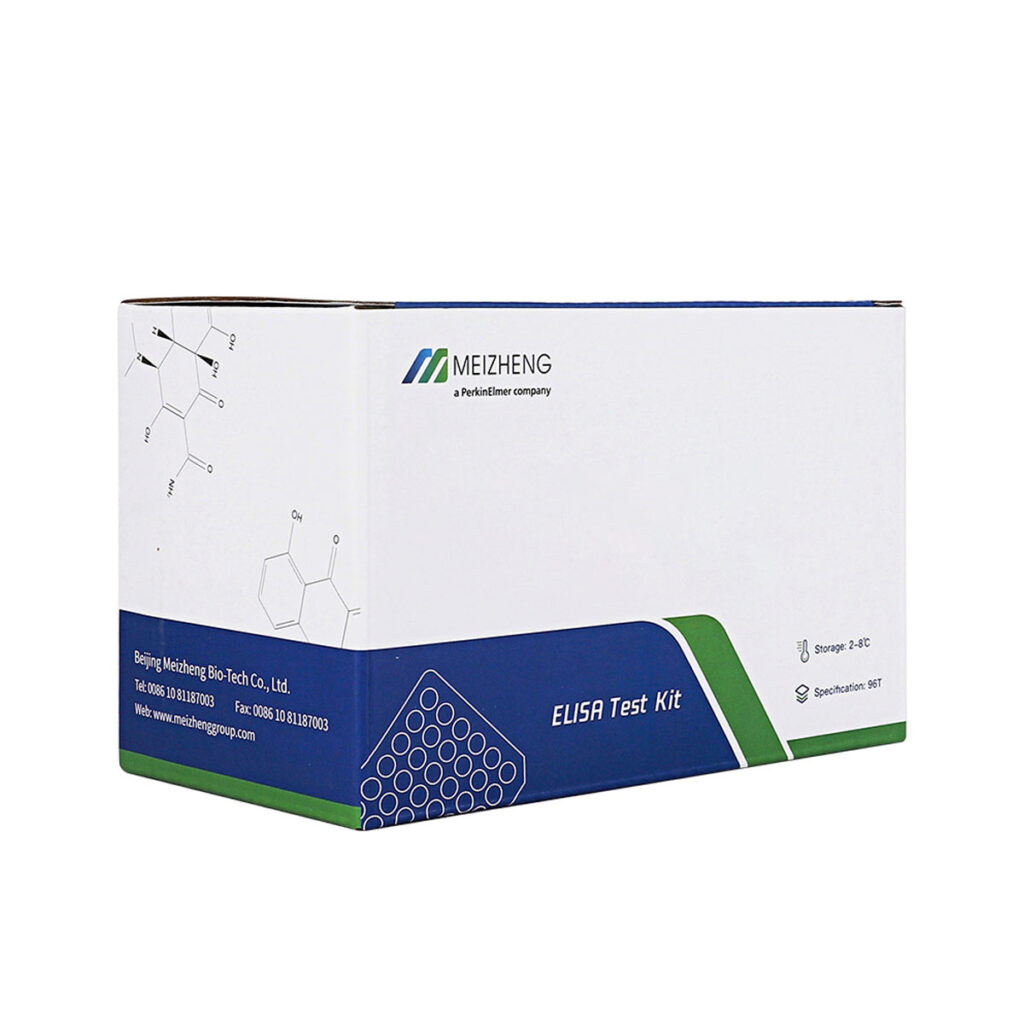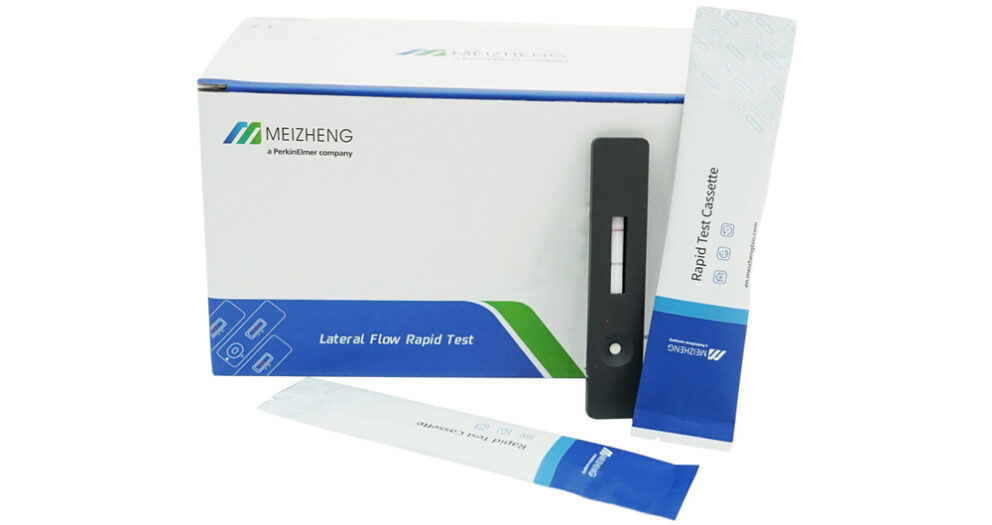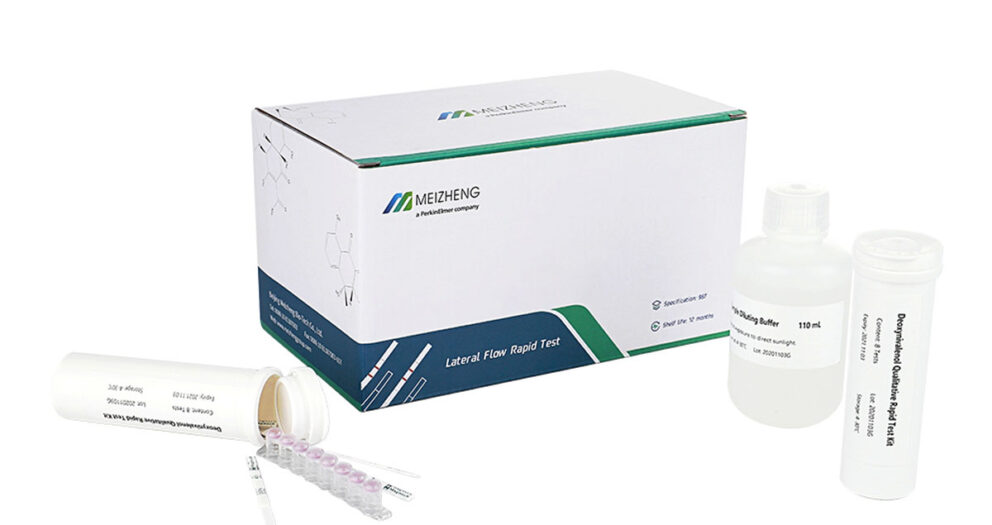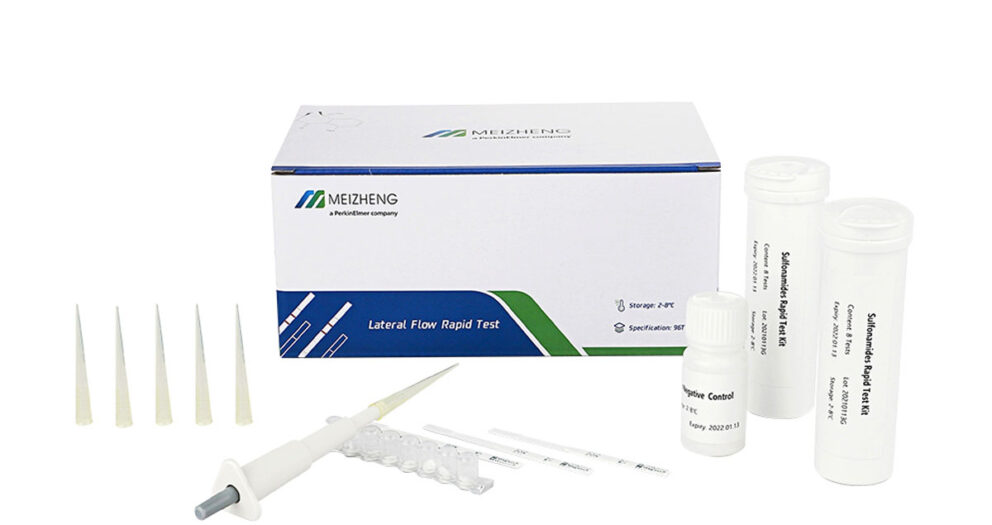Why does the same food additive have different standard requirements when used in different foods?
First of all, starting from the formulation of food additive limits, the use standards of any food additive are formulated according to the following procedures: First, animal toxicity tests are carried out to determine the maximum non-action level (MNL) in animals, and the maximum non-action level is divided by the safety factor. (100), the allowable daily intake (ADI) of the human body can be obtained. The ADI multiplied by the average body weight is the total allowable daily intake for adults. After determining the total daily intake of a certain substance, it is necessary to conduct a dietary survey of the population. Different populations have different dietary habits and different intake of a certain food. For example, Chinese people are used to eating rice, while Westerners are used to eating For pasta such as bread and cakes, according to the daily intake of various foods containing this substance in the diet, the maximum allowable amount of each food product containing this substance is determined.

Therefore, food additives are not one set. Different foods are formulated according to the amount per kilogram not higher than the amount, but the limit is also different according to the different food or food raw materials.
The country is also constantly improving the respective limits of different food additives in different products. At present, the addition and use of food additives must be strictly in accordance with the GB 2760-2014 Food Safety National Standard for the Use of Food Additives to prevent illegal excessive addition.
The illegal additive test kits detect and identify the content of various additives, illegal additions, and toxic and harmful substances. Assist in food safety inspection and control work, applicable to all levels of food safety inspection centers, farmers markets, supermarkets, environmental protection agencies, food production and processing, restaurants, vehicles and laboratories and other food safety inspection and monitoring places.







